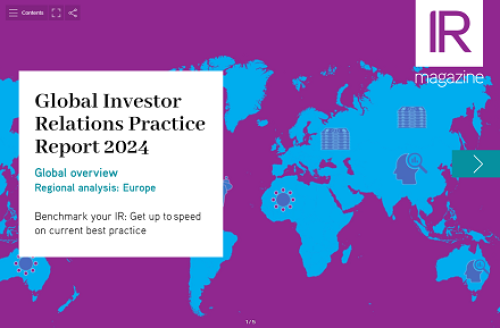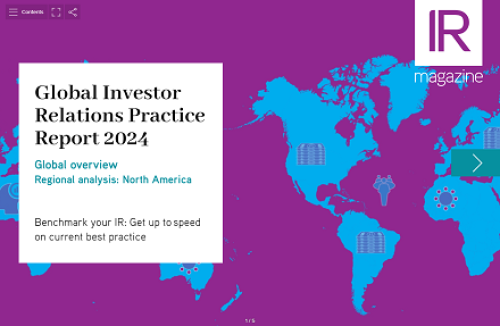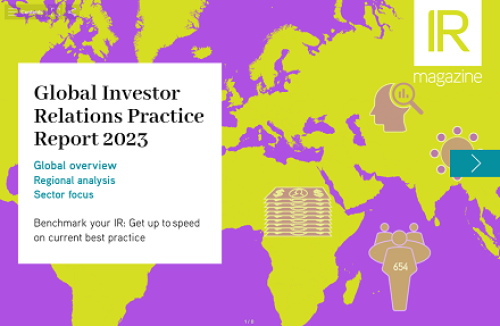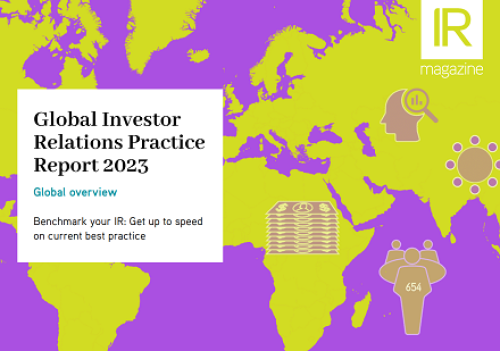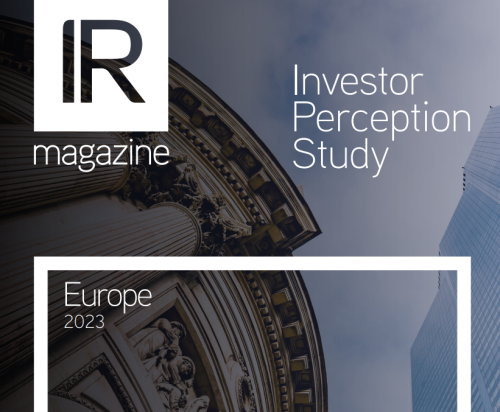Advocacy group cites ‘widespread poor performance’ among top-earning chief executives
Thirty-eight percent of the highest-paid chief executive officers end up fired, fined or asking for bailouts, according to a new study.
Over the past 20 years, 22 percent of the 241 executives who have been on a yearly list of the highest-paid 25 CEOs have worked for companies that ended up receiving government bailouts after the 2008 financial crisis, according to the study by advocacy group the Institute for Policy Studies.
A further 8 percent of the highest-paid CEOs in the past 20 years have been fired, and another 8 percent ‘ended up paying significant fraud-related fines or settlements,’ the study notes. The fired CEOs received ‘golden parachute’ payments of $48 mn on average.
‘Our analysis reveals widespread poor performance within America’s elite CEO circles,’ write the report’s authors. ‘Chief executives performing poorly – and blatantly so – have consistently populated the ranks of our nation’s top-paid CEOs over the last two decades.’
The study points out that only four women have made the annual list of the 25 top-paid CEOs over the past 20 years, and that 12 percent of the best-paid CEOs in the period worked for companies that rank among the nation’s top 100 recipients of government contracts.
The study recommends the acceleration of measures to hold CEOs more accountable, including enforcement of Dodd-Frank measures that oblige companies to disclose their CEO-worker pay ratio, prohibit large financial institutions from granting incentives that encourage ‘inappropriate’ risk-taking, and limit the amount of executive pay companies can discount from their tax bill.
‘The most widely heralded CEO pay reforms – most notably, advisory shareholder say on pay – have so far done little to slow the executive pay march,’ the study says. ‘Congress did take one promising stab at stronger measures in 2010 when lawmakers added to the Dodd-Frank Act a mandate that requires corporations to annually reveal the pay gap between their top executives and most typical workers. But this reform has gone totally unenforced.’

